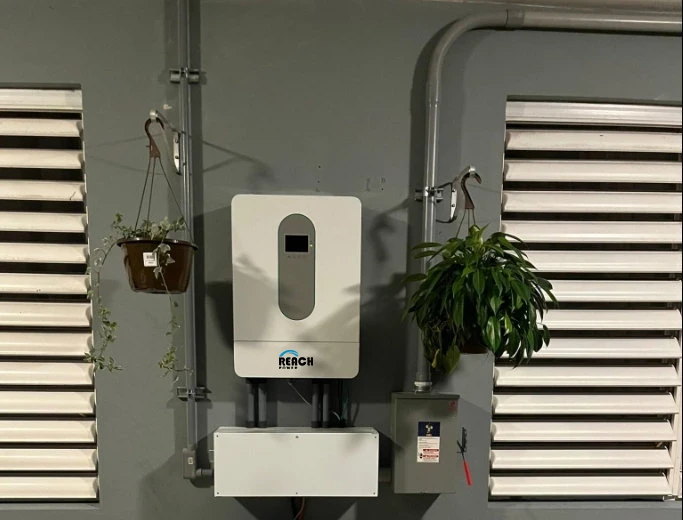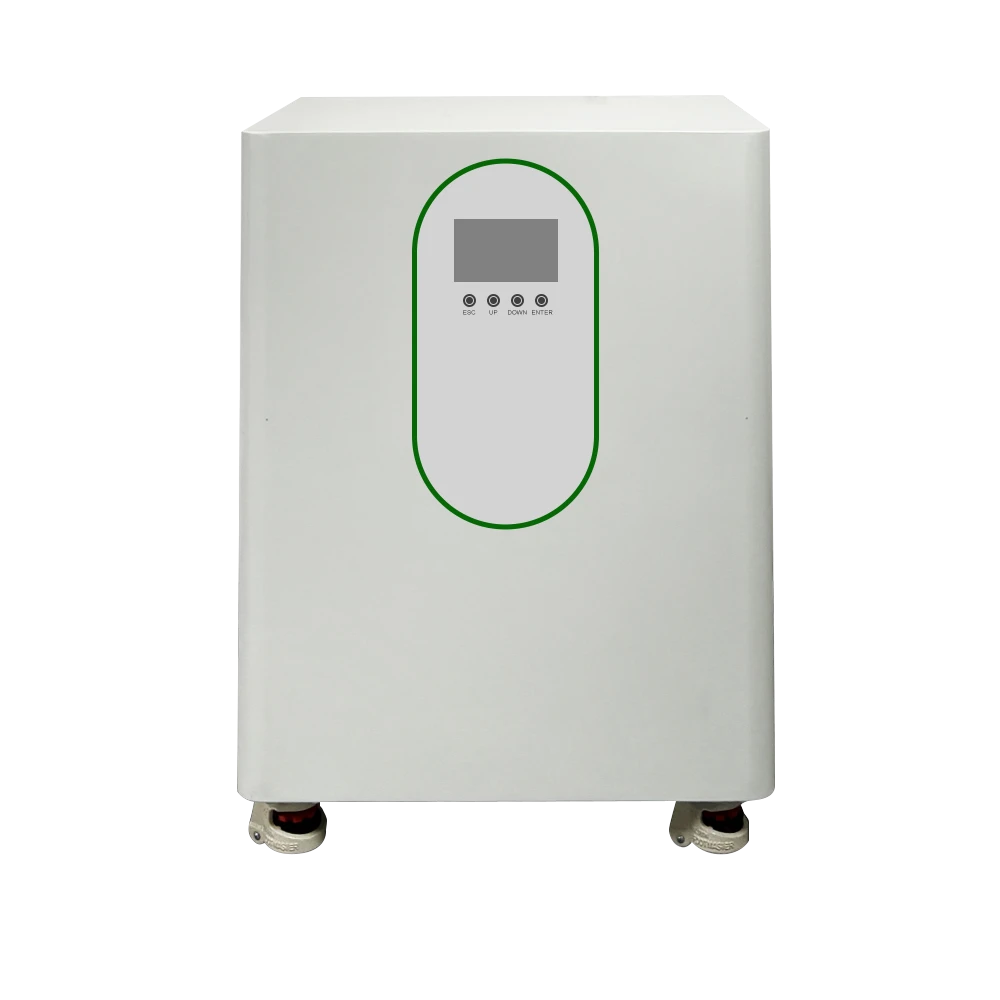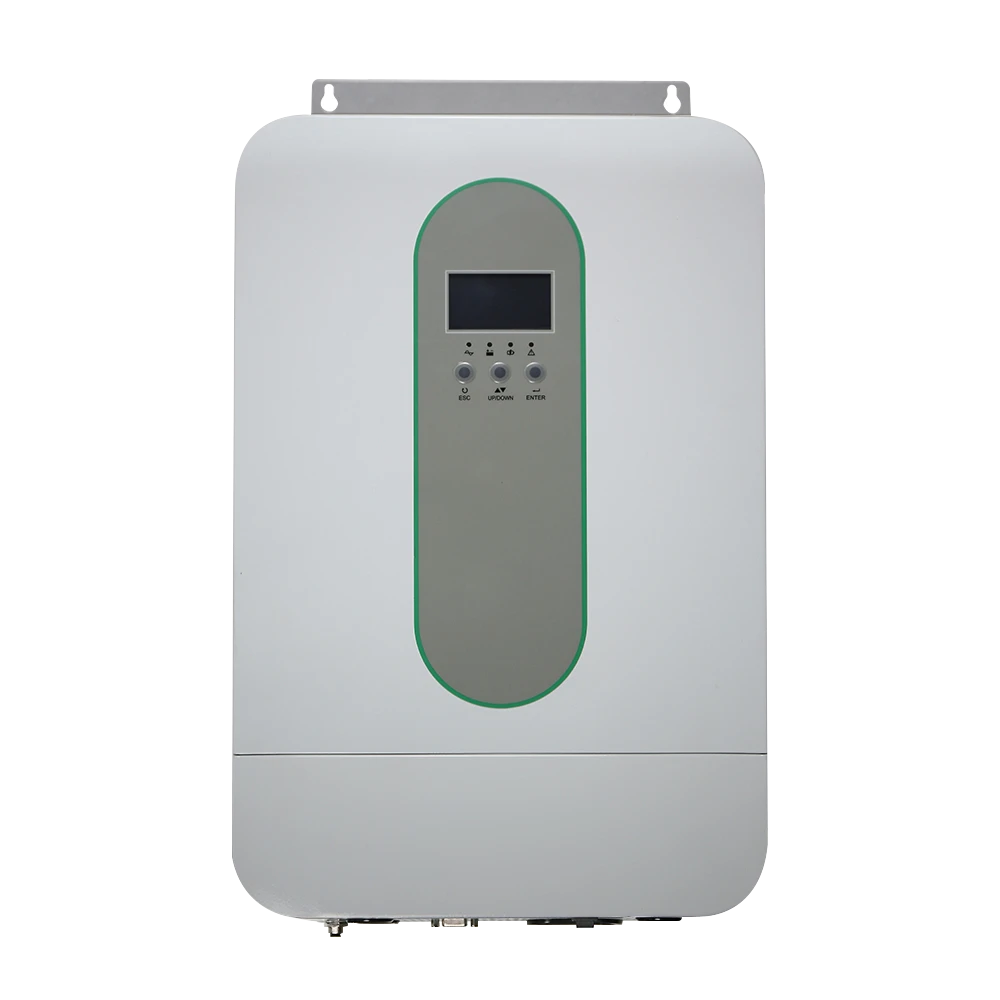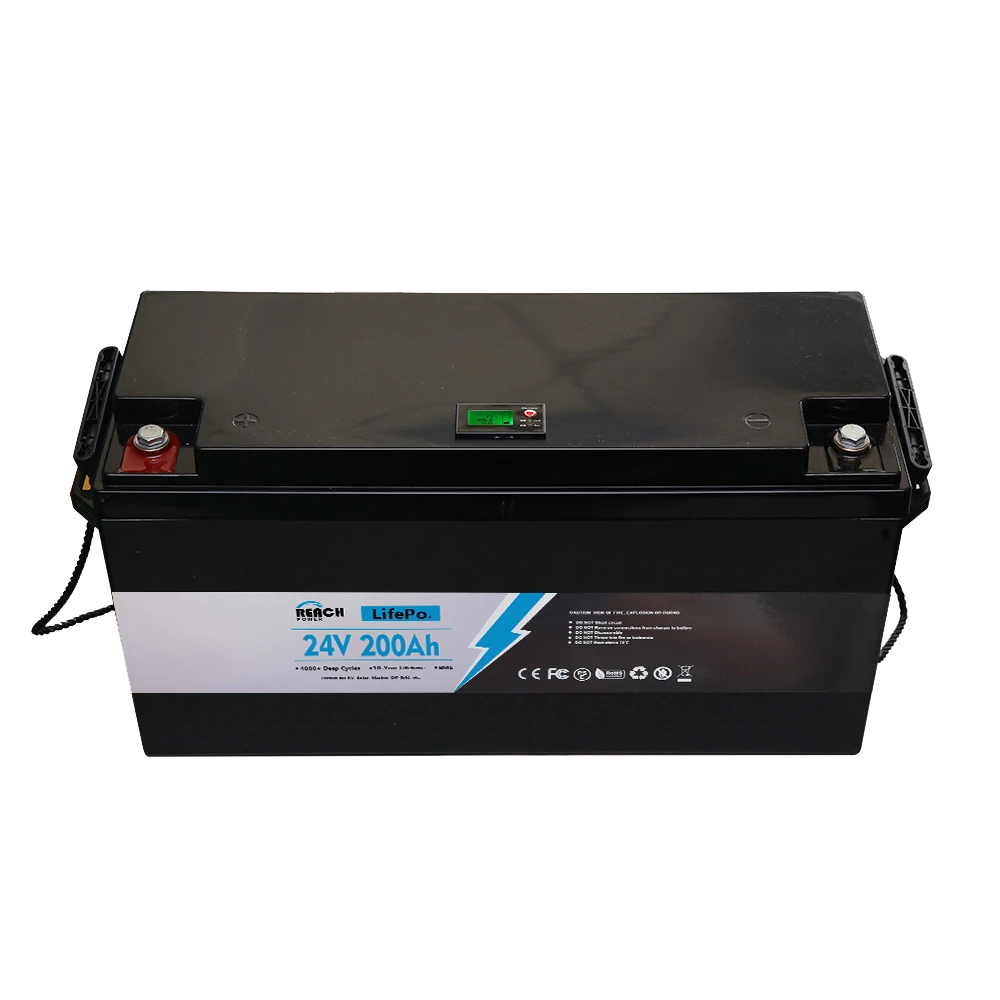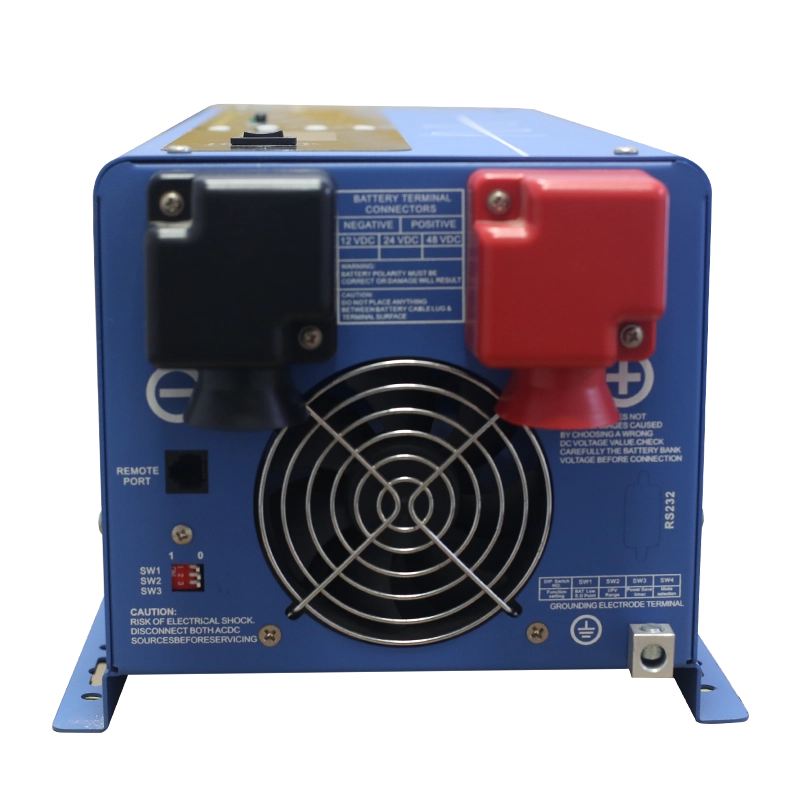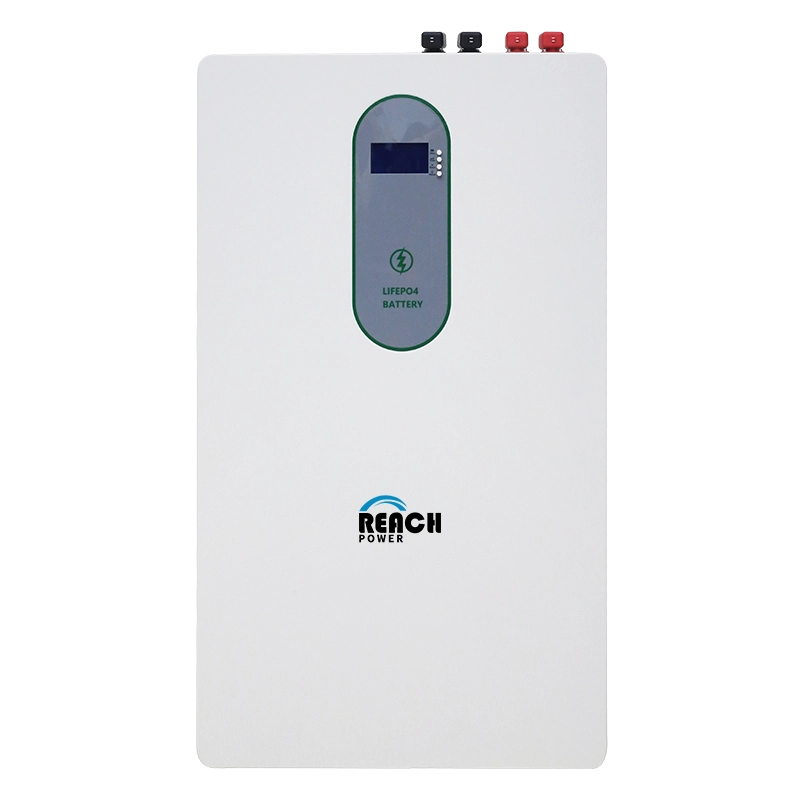Working Principles
Grid-Tied Inverters
Grid-tied inverters are designed to convert direct current (DC), such as the output from photovoltaic (PV) modules, into alternating current (AC) that is synchronized with the frequency and phase of the grid. This synchronized AC power can then be fed directly into the public grid or used to power local loads. One of the key aspects of grid-tied inverters is their reliance on the grid as a “virtual energy storage” system. They cannot operate independently to provide power. When the grid experiences a power outage, grid-tied inverters automatically cease operation. This safety feature is in place to prevent any potential hazards, such as backfeeding electricity into the grid during maintenance work.
Off-Grid Inverter
In contrast, off-grid inverters operate independently of the grid. They require a connection to energy storage batteries. The process involves converting DC power into AC power, which can be used immediately to power various loads or stored in the batteries for later use. Off-grid inverters do not need to be synchronized with the grid, making them ideal for areas where grid access is unreliable or non-existent. This type of inverter offers autonomy in power supply, enabling users to be self-sufficient in their energy needs.
Application Scenarios
Grid-Tied Inverter
Grid-tied inverters find their best use in regions with a stable grid infrastructure and where the “net metering” policy is in effect. Net metering allows users to sell excess electricity generated by their solar panels back to the grid. Urban areas and commercial and industrial photovoltaic power plants are prime examples of where grid-tied inverters are commonly used. A typical case is a residential rooftop solar system. Homeowners can install solar panels along with a grid-tied inverter. By doing so, they can significantly reduce their electricity bills during the day when the solar panels are generating power. Additionally, if there is surplus power, they can earn money by selling it back to the grid.
Off-Grid Inverter
Off-grid inverters are the go-to choice for areas with no grid access, such as remote deserts, isolated islands, and mountainous regions. They are also widely used in emergency power systems, ensuring a continuous power supply during outages. In scenarios where complete energy independence is desired, like in mobile RVs, boats, and disaster – prevention emergency equipment, off-grid inverters are essential. For instance, in a mountainous area, an independent power station equipped with an off-grid inverter can provide electricity to local residents without relying on the grid. In a mobile RV, an off-grid inverter powers various electrical appliances, allowing travelers to enjoy a comfortable journey even in areas far from the grid.
In conclusion, understanding the differences between off-grid and grid-tied inverters is vital for anyone considering an energy conversion system. Whether you are looking to save on electricity costs in a grid – connected environment or achieve energy independence in remote locations, choosing the right inverter is the key to a successful and efficient power solution.
